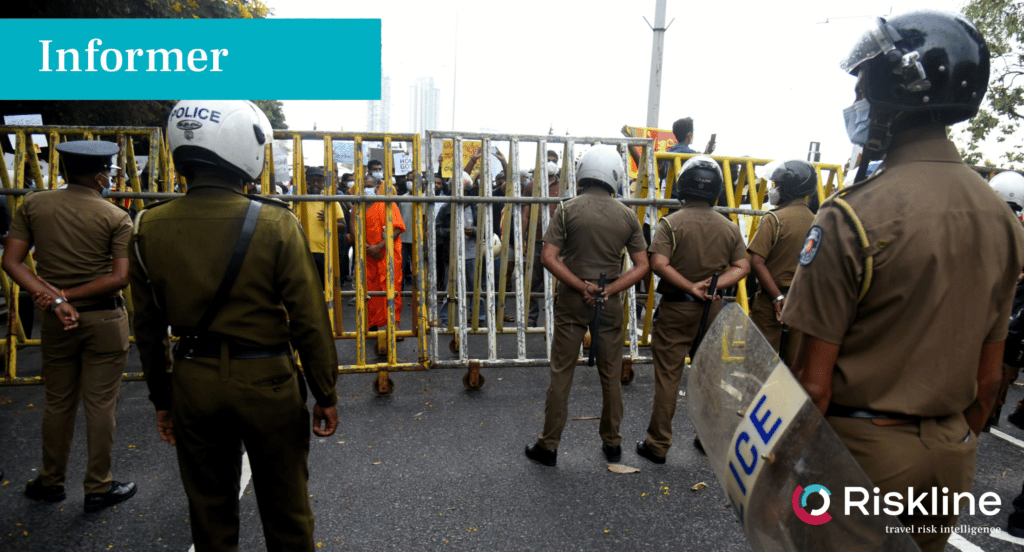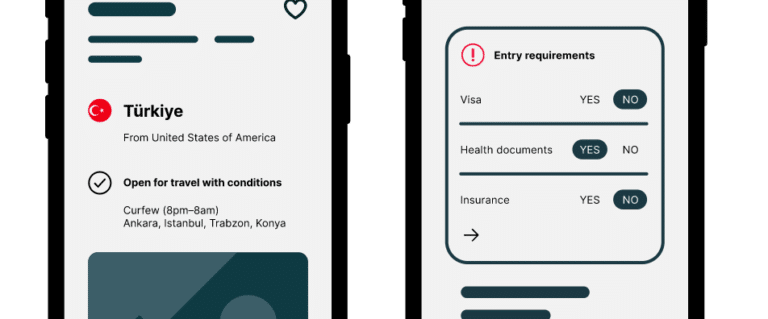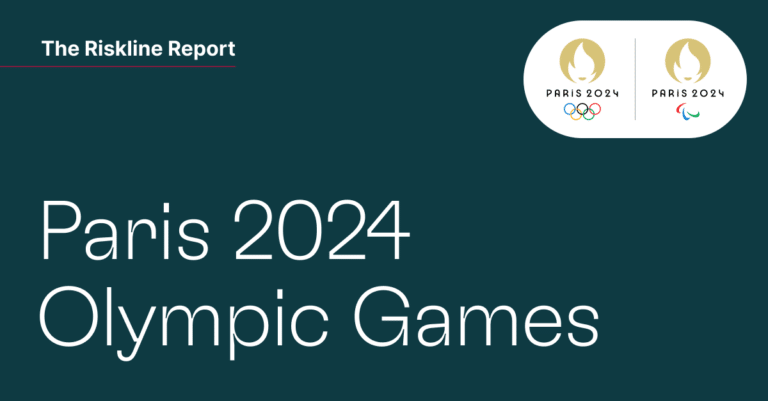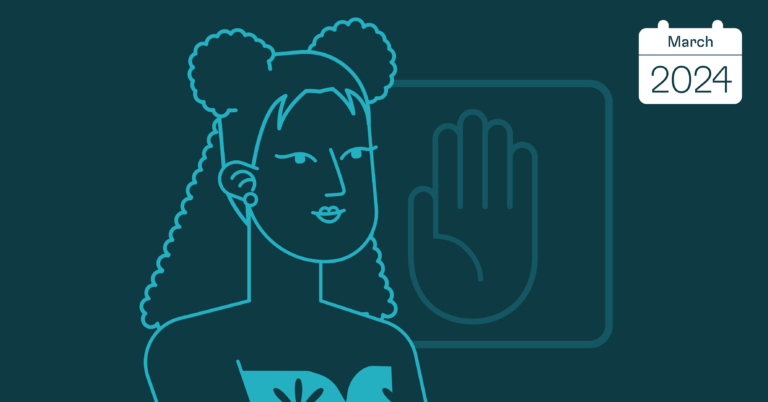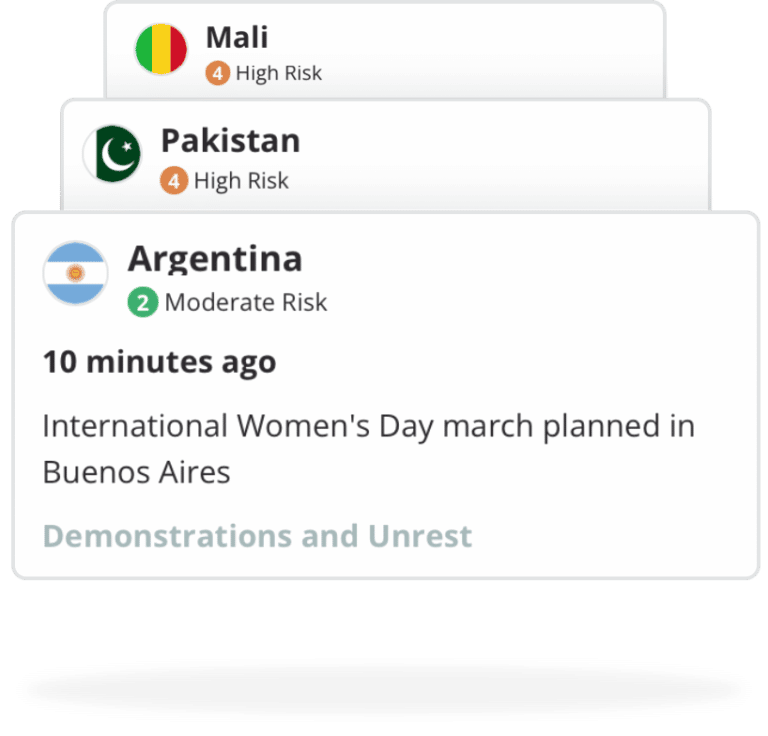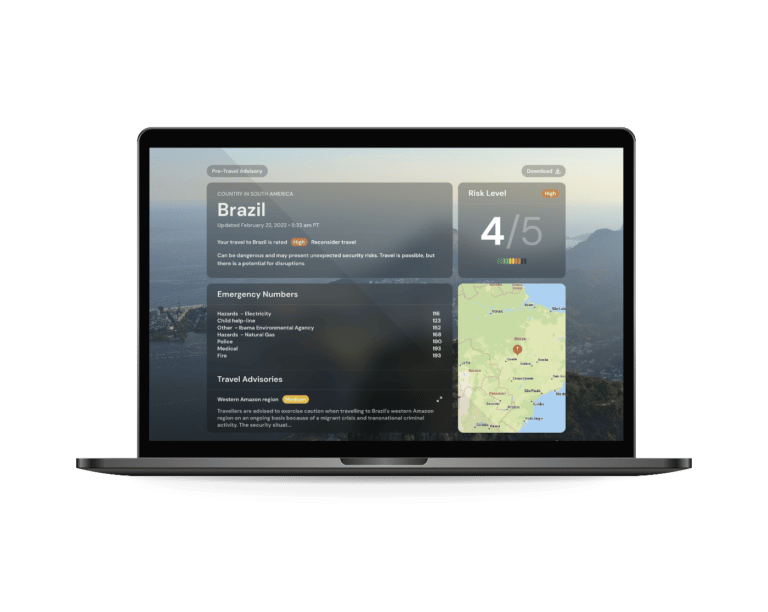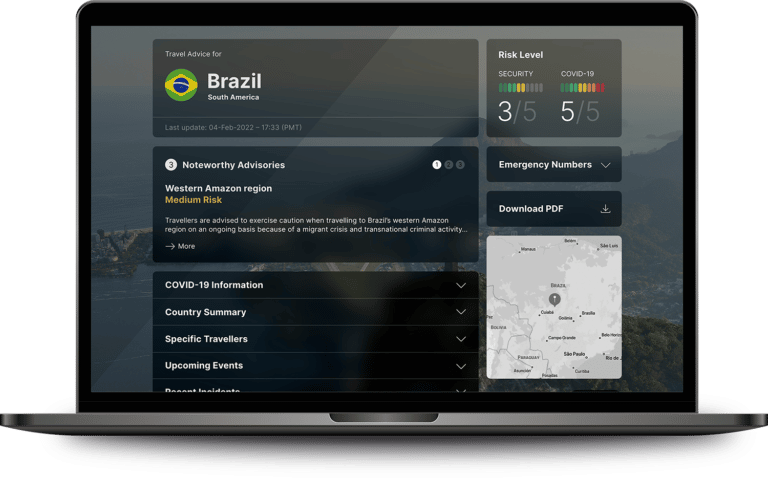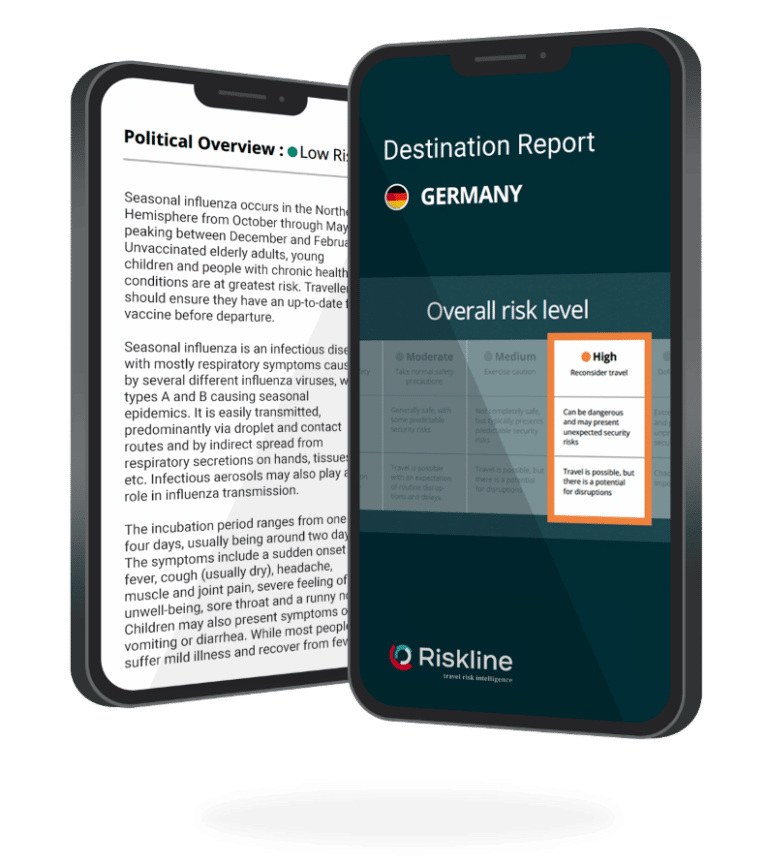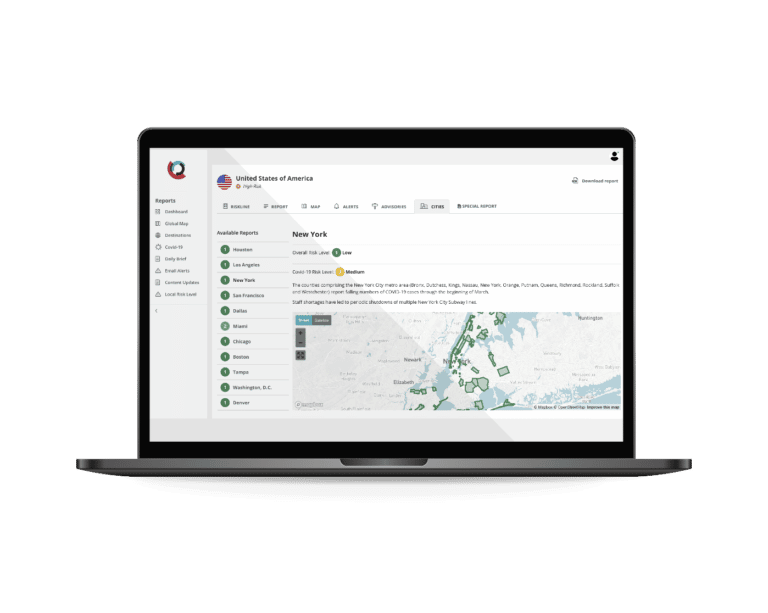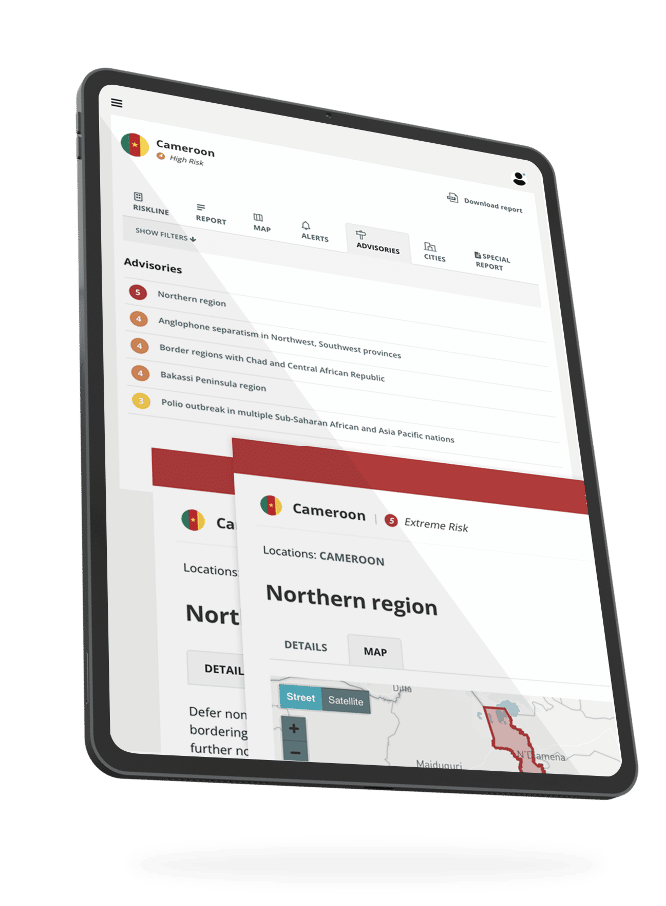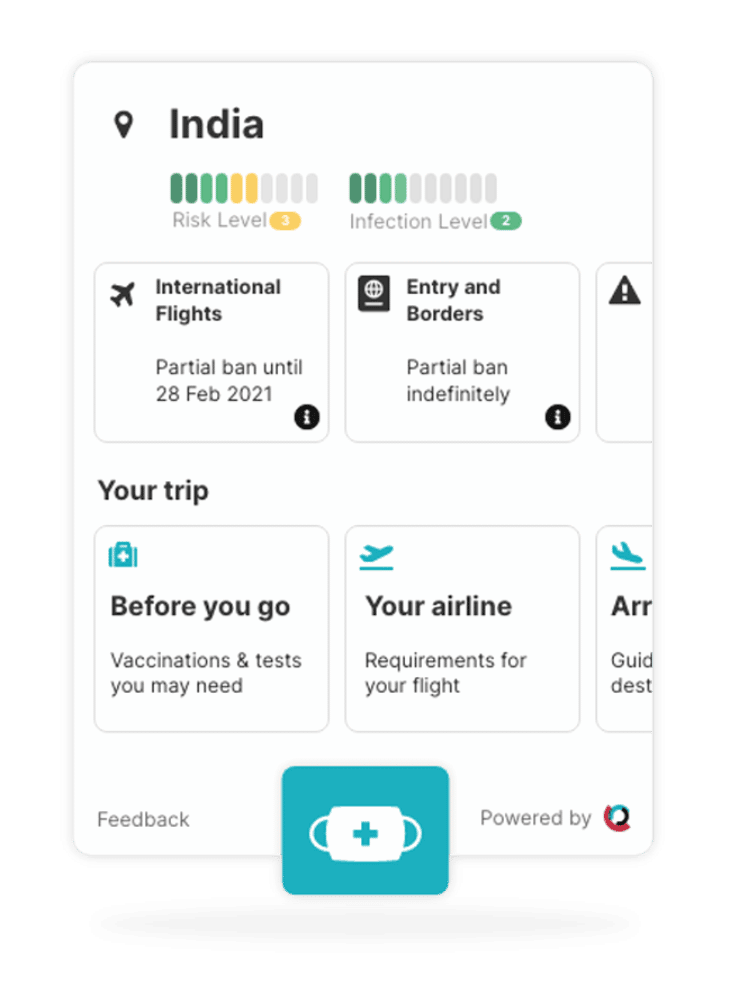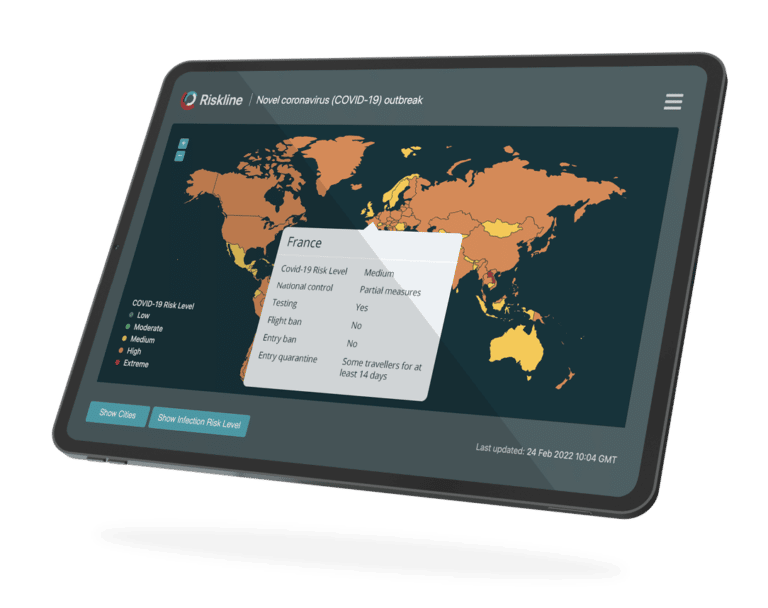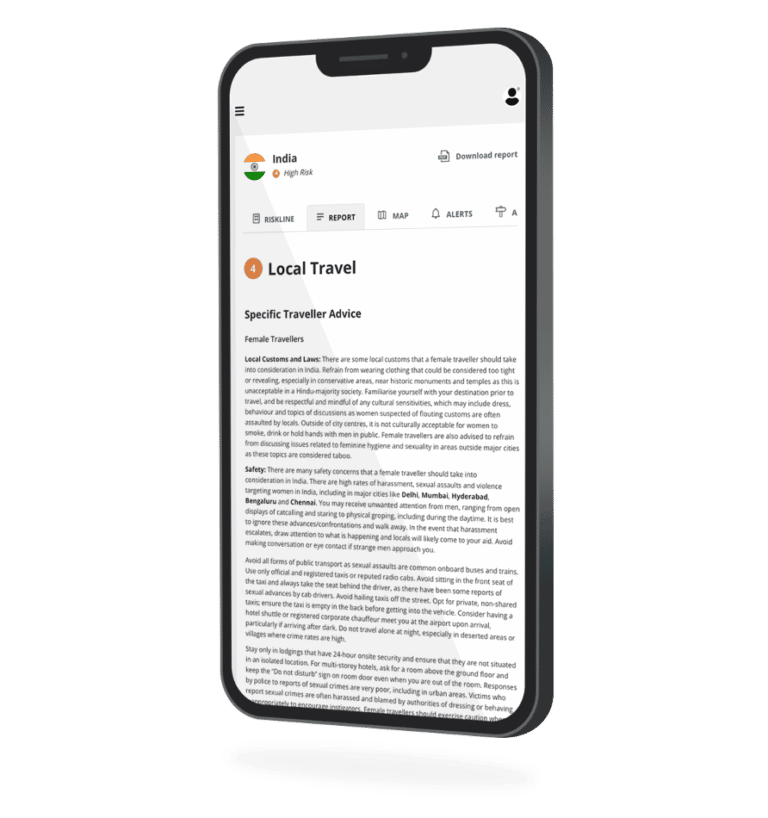By Avantika Deb
Introduction
Sri Lanka is currently witnessing its worst economic catastrophe in seven decades, characterised by a crippling shortage of essential goods like fuel, medicines and food. Signs were visible from early 2022 as prices of commodities started skyrocketing; long lines could be seen outside fuel stations and rolling power cuts were implemented.
In late March, angry civilians took to the streets to stage mass protests against the dire economic situation in parts of the country, particularly Colombo. The situation boiled over when protesters hurled stones and lit fires outside the presidential residence on 31 March; police fired tear gas and water cannons to disperse crowds, following which, authorities imposed curfews and a nationwide state of emergency until 5 April. Daily protests are still continuing in Colombo and its suburbs, primarily in the vicinity of central public venues such as the Independence Square, and offices and residences of government officials including the Temples Trees.
Widespread economic crisis
The current upheaval has been largely blamed on mismanagement and policy errors by the government led by the greatly influential and long-standing Rajapaksa family. Between 2005-and 2015, then-president Mahinda Rajapaksa, who is currently serving as prime minister, borrowed large sums of money from foreign lenders to finance ambitious infrastructure projects, most of which either got stalled or did not actually yield much foreign investment.
This threw the country into a foreign debt burden with high-interest loans. When then-president Maithripala Sirisena came into office in 2015, he converted these loans into long-term, cheaper debts, which would have less of an impact on the economy. However, the problem compounded as soon as the current President Gotabaya Rajapaksa implemented a sweeping tax cut in December 2019 to stimulate the economy; the policy backfired and government revenues fell by one-third.
Credit rating agencies downgraded Sri Lanka to near-default levels and the country lost access to overseas markets. The government then fell back on foreign exchange reserves to pay back debt which impacted all kinds of essential imports. Its low creditworthiness also means that Sri Lanka is now required to buy fuel and gas at extremely inflated spot prices.
Another faulty and poorly-implemented policy implemented by the government was a total ban on the use of chemical fertilisers to promote organic farming and conserve foreign exchange reserves by eliminating farm subsidies. The ban was implemented in April 2021 with little preparation or input and up to 70 percent of the harvest was lost in some places, accelerating food shortages, before the ban was partially repealed and farmers awarded hundreds of millions of dollars in compensation.
Further complicating the situation is major damage to the tourism industry, which was already reeling from the 2019 Easter Sunday terror attacks before being further slammed by COVID-19 pandemic travel bans; tourism earnings were down by almost 62 percent as of December 2021. Additionally, the Russo-Ukrainian War has not only disrupted global food supply chains but also impacted tourism in Sri Lanka since both countries are the source of a substantial number of tourists to Sri Lanka.
The government has now moved to close its embassies abroad, imposed rolling power cuts nationwide and put prime real estate on the market. They have taken dollars stored by citizens in banks and converted them into the local currency. But these stopgap measures are not enough to overcome the massive debt the government has incurred. A bailout package from the International Monetary Fund (IMF) is likely needed.
India and China have provided credit lines and other forms of assistance but that alone cannot pull Sri Lanka out of the crisis; the government has been forced to request credit lines from other countries as well. Ultimately, economy-wide reform programmes and governmental restructuring will be required. Experts have indicated that the government will have to resort to increasing taxes, undertake debt restructuring, cut public expenditures and reduce the budget deficit.
Restructuring of political institutions is also necessary, as power has become entirely centralised with the Rajapaksa family, particularly the president. An important step would be to enact a bill that ensures the independence and depoliticisation of the central bank, which was earlier shelved by the Rajapaksa administration. The central bank needs to operate more independently so that it can provide more constructive economic advice to the government.
Additionally, the government must immediately focus on providing a safety net to low-income earners in the country while new structural reforms are implemented so that public dissatisfaction and unrest remain under control. The path of reforms that lie ahead is difficult but essential in order to ensure that Sri Lanka can resolve the current crisis and avoid a repeat of the situation in the future.
Summary
As the economic situation keeps worsening and protests over the issue turn more and more aggressive, the Sri Lankan government must reassess its approach towards the root problems and undertake a significant restructuring of its policies. The Rajapaksa administration has expressed no intention of resigning over the crisis, hence it must proactively look for long-term and impactful solutions to bring an end to the crisis.
Avantika Deb is an India-based political and security risk analyst covering South and East Asia.

